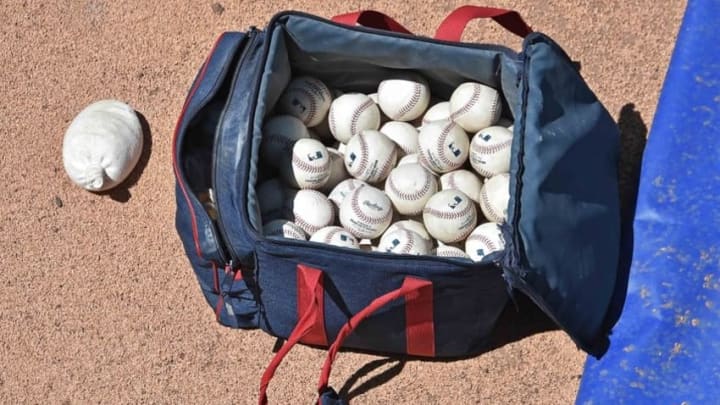
5. Ned Yost Switched Bullpen Roles
On August 15, KC Royals manager Ned Yost attributed his bullpen’s improvement to players adjusting to new roles.
To be honest, that sounded like coach-speak the first time I heard it. However, there is something to it. Especially if you consider that Yost started using his bullpen differently than he has in the recent past.
In 2014, Yost became famous for using a set player for each inning. With three historically dominant relievers in Kelvin Herrera, Wade Davis, and Greg Holland, Yost assigned each of them to pitch in a particular inning. Herrera was the seventh inning guy. Davis was the eighth inning guy. And Holland closed out games in the ninth.
One reason Yost could make such an arbitrary decision without regard to the player at the plate, is that all three relievers were effective against both right and left-handed hitters. As a result, he could ignore match-ups and expect his “Three-Headed Monster” to rule the late innings.
When Holland went down with a torn ACL last September, Yost inserted former Phillies closer Ryan Madson into Herrera’s seventh inning role and moved the other two “monsters” back an inning. This new trio carried the KC Royals through the 2015 post-season (and a World Series win).
In 2016, Madson left in free-agency. General manager Dayton Moore re-acquired former Royals closer Joakim Soria to replace the departed Madson. The intent was to create a another three-headed bullpen monster.
However, Soria flopped in the first half of the season. His ERA ballooned to 4.50 on August 4. Doctors diagnosed Luke Hochevar with Thoracic Outlet Syndrome and he was lost for the year. Then Wade Davis’ forearm acted up and he too had to go to the DL.
The End Of The Three-Headed Monster
Rather than continue the “Three-Headed Monster” approach, Yost had to play match-ups like most other managers in major-league baseball. He brought in sidearm specialist Peter Moylan if the bases were jammed and the KC Royals needed a ground-ball double play. He matched rookie Matt Strahm against tough lefty hitters.
In short, the days of simply handing the seventh, or eighth inning, to the designated “monster” ended. Note that Yost still pretty much assigns the ninth to closer Kelvin Herrera.
In the end, it worked better than anyone expected. No bullpen in Kansas City Royals history has enjoyed such a streak.
Next: Reason No. 4
